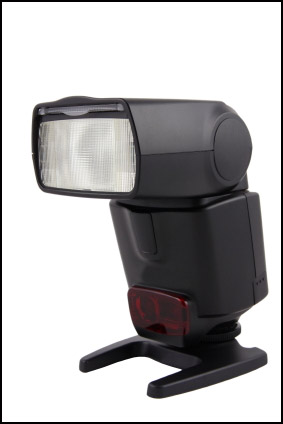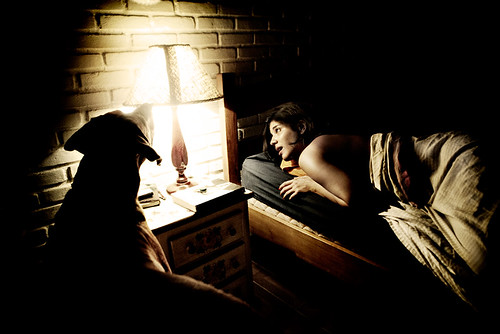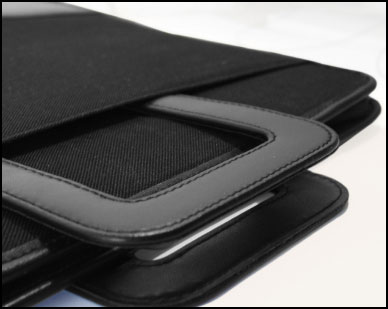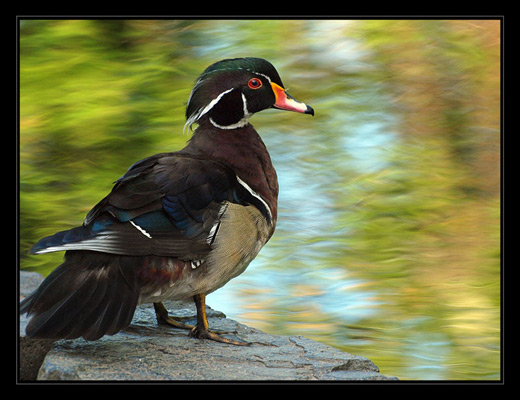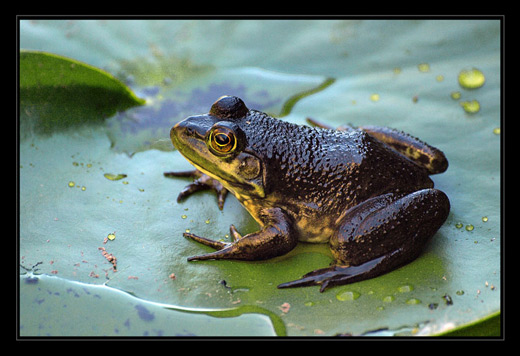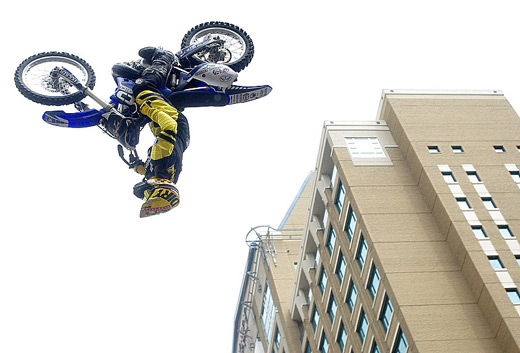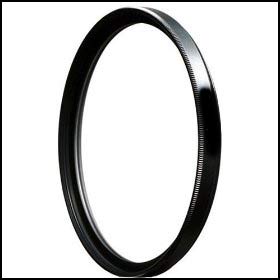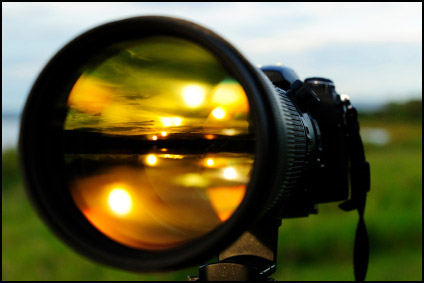Let’s talk memory cards. More specifically memory cards with higher writing speeds, quality, and size. Higher writing speeds are a definite asset when shooting things like weddings, little league games and dance recitals — anything that requires you to shoot long bursts of shots. Higher writing speeds are also useful when the card is full and you need to transfer the images to a computer as quickly as possible via a card reader.
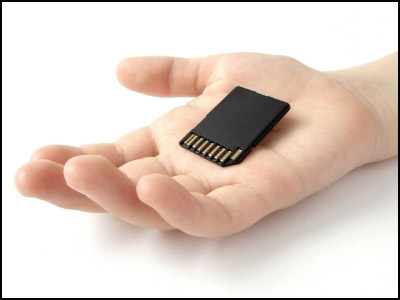
Quality is certainly not compromised whether or not you purchase a ‘brand name’ versus a ‘no name’ memory card — if the card works, chances are you have purchased a fine card which will hold those priceless moments for you.
And what about size… does it really matter? 2GB, 4GB, 8GB… it’s all a matter of preference. But a great tip for those who shoot events would be to buy a few smaller memory cards (4 GB) in case something ‘should’ happen to one card, you know you have a few other cards that your shots are on. Now that’s safe thinking! FORUM LINK:‚ http://www.photography.ca/Forums/showthread.php?t=2522
